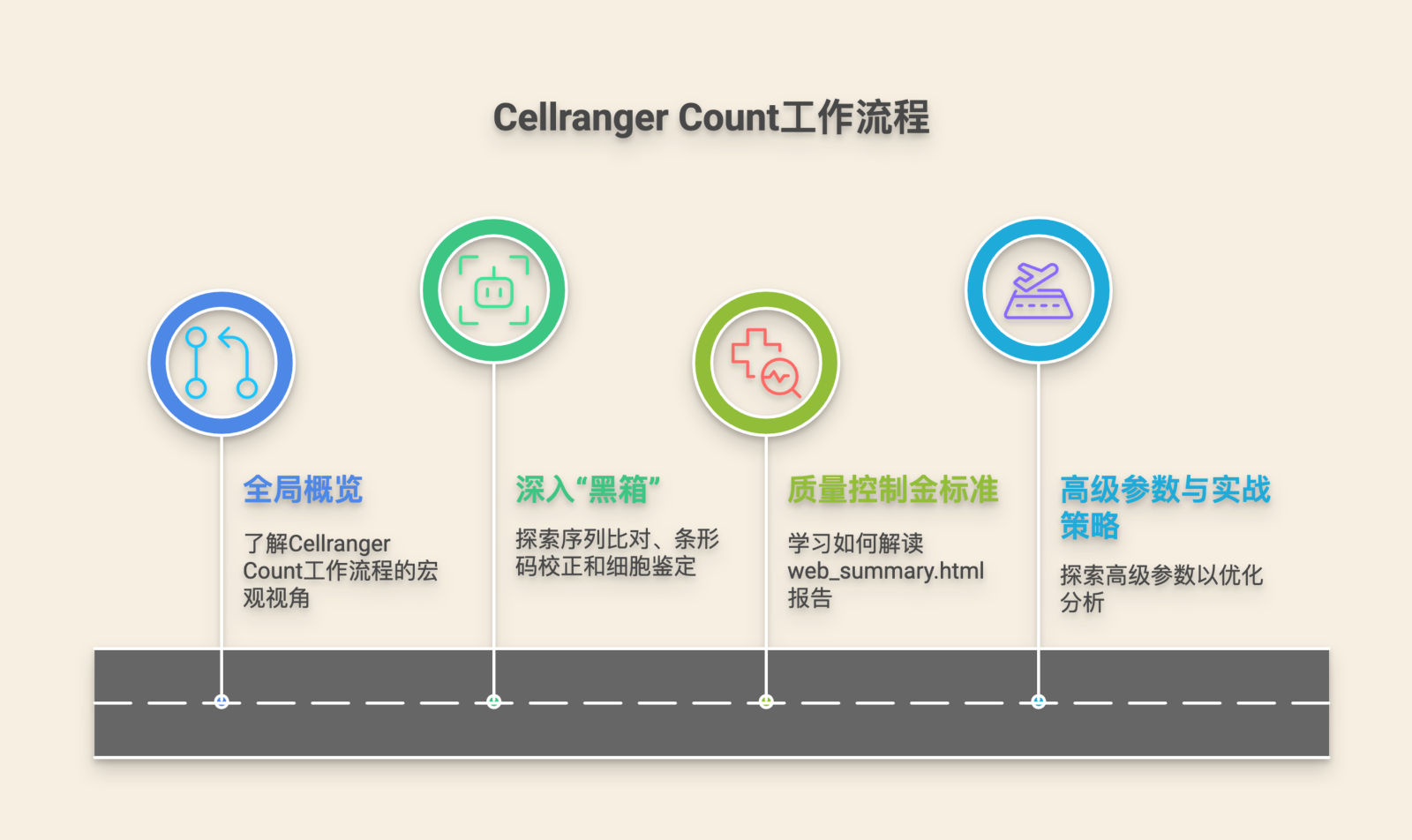Reliable project cloud bioinformatics advanced resource platform

scalable genomics compute gateway serves as a cornerstone for modern personalized healthcare research. The systems convert large molecular datasets into meaningful biological interpretations. By applying cutting-edge computational methods and reproducible pipelines, they accelerate translational outcomes.
Scalable Infrastructure for Genome-Scale Computation
High-throughput experiments produce massive biological datasets that tax traditional compute environments. Elastic, high-performance servers make large-scale bioinformatics both feasible and cost-effective.
- Dynamic scaling of CPU, memory, and storage is a hallmark of modern bioinformatics servers.
- Concurrent processing across many cores and nodes reduces runtime for genome-wide tasks.
- Such systems enable end-to-end workflows: sequencing QC, alignment, variant calling, and interpretation.
The cloud era delivers shared infrastructure that researchers worldwide can provision for intensive analyses.
Genomics Research Accelerated by Cloud-Native Bioinformatics
Sequencing innovation has created massive data growth, necessitating cloud-grade compute and storage. These platforms combine elastic instances, managed data lakes, and reproducible pipelines for high-throughput work.

Scalable, Distributed Computing for Thorough Bioinformatics Workflows
Extensive datasets and advanced models require access to scalable infrastructure and specialized tools. Local compute environments frequently face scalability and maintenance burdens that hinder throughput.
Cloud platforms offer the scale necessary to run assembly, annotation, and ML workflows on large datasets.
Cloud scaling reduces wasteful provisioning and streamlines shared access to datasets and analytic tools across teams.
Future-Proof Bioinformatics: Specialized Cloud Offerings
Bioinformatics growth is paired with the rise of tailored cloud services that address specialized analytic needs. They offer end-to-end toolchains for sequence analysis, annotation, and ML-driven discovery in regulated contexts.
By enabling on-demand scaling, the cloud lowers barriers and invites a wider research community to engage in genomics.

On-Demand Infrastructure for Agile Bioinformatic Workflows
Bioinformatics analysis often requires substantial computational power, and on-demand servers offer a flexible strategy to meet that need. By offloading peaks to on-demand servers, labs avoid the cost and maintenance of full-time clusters.
Moreover, on-demand servers often arrive pre-configured with essential bioinformatics software stacks like alignment tools and statistical pipelines, streamlining the workflow. With infrastructure prepped, researchers redirect effort to experimental questions and downstream validation.
On-Demand Bioinformatics Services for Scalable Exploration
Managed bioinformatics offerings let organizations scale analyses while maintaining reproducibility and governance. They support translational projects by combining analytics, annotation databases, and pipeline automation.

- aaS models let researchers access compute power on demand for peak processing windows.
- Online platforms accelerate teamwork by enabling reproducible pipelines and centralized data access.
- Automated pipelines and AI models speed discovery of associations and functional annotations.
On-Demand Bioinformatics for Personalized Treatment Strategies
Expanding genomic and clinical datasets are enabling a shift toward individualized therapeutic strategies. These systems convert complex biological and clinical inputs into patient-tailored insights for precision care. By empowering researchers and clinicians with timely access to actionable insights, these servers drive the evolution of personalized medicine.
Computational Discovery: The Power of Bioinformatics Analysis
Computational approaches expose hidden relationships in genomes and proteomes using scalable analysis methods. Deep data analyses detect low-frequency events, structural variants, and pathway perturbations.

Unraveling the secrets of life requires sophisticated computational approaches and infrastructure that bioinformatics computing provides.
Dedicated Scalable Infrastructure for Future Bioinformatics
As data volumes surge, research requires next-generation infrastructure tailored for bioinformatics workloads. By integrating parallel processing, GPU acceleration, and optimized storage, next-gen systems shorten analysis cycles.
- Cloud solutions enable rapid scaling of cores, memory, and storage to align with research timelines.
- Continual refinement of analytics and libraries helps address novel biological questions efficiently.
They enable teams to run large, collaborative studies that drive progress in health, environment, and agriculture.
A Feature-Rich Bioinformatics Suite for Research Labs
A full-featured server suite provides modular capabilities—alignment, annotation, phylogenetics, and structure prediction. It brings together alignment, annotation, phylogenetics, and predictive modeling to support diverse research workflows. Intuitive controls, example workflows, and integrated data simplify complex analyses for diverse research teams.
